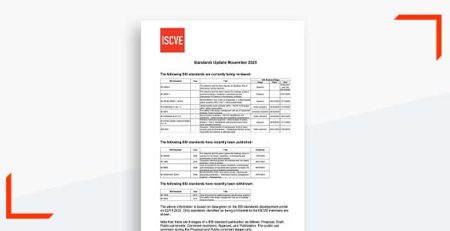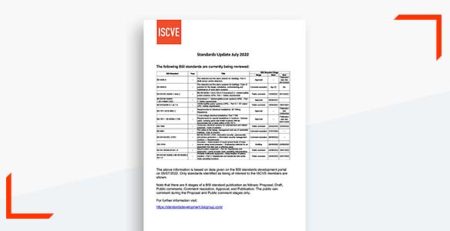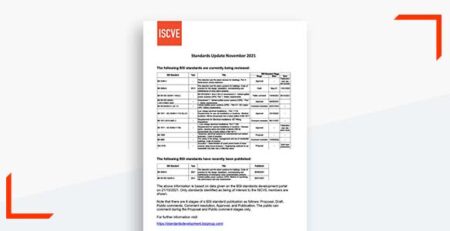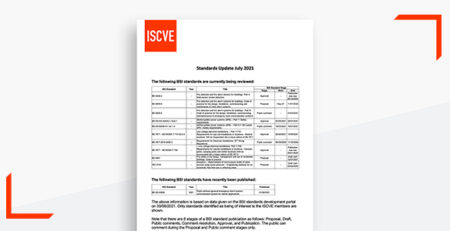Standards Update: 60268-16 Rev 5 Published Summary
Standards Update: 60268-16 Rev 5 Published Summary
Revision 5 of BS EN IEC 60268-16 Objective rating of speech intelligibility by speech transmission index is published
In October, the long awaited revision of BS EN IEC 60268-16 was published. Although the revision is not as substantial as Revision 4 in 2011, this is still a significant upgrade and incorporates a number of important changes. Most notable of these is the change to the STI speech spectrum which has been brought better into line with other standards and more recent research. The primary change to the spectrum is the reduction in the low frequency content of the standardised signal as indicated in the figure below.
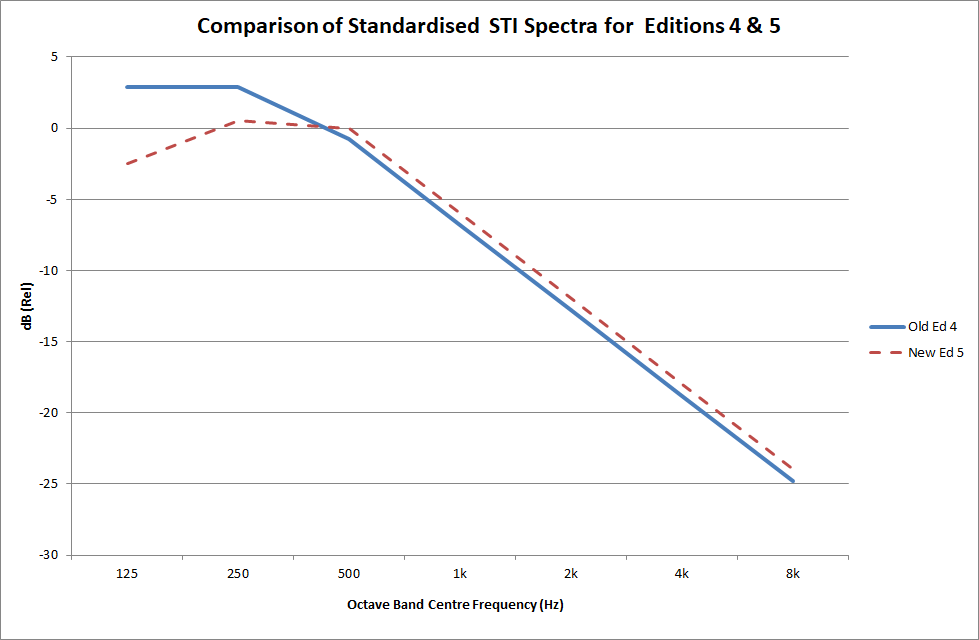
The revision to the spectrum apart, from better agreeing with other published data, also means that the signal is slightly less taxing when driving artificial mouths and Talkboxes.
Other important changes within the revision are :
- Additional information and clarifications have been included with respect to measurement and prediction procedures.
- The spectrum and weighting factors for female speech have been removed as this was found to be a cause of confusion and STIPA (the shorter method for measuring STI using a sparse modulation matrix) has only been validated for male speech.
- Verification information for STI measurement devices has been added
- The relationships between STI and number of other speech intelligibility measures have been updated in Annex E.
- Greater information is given in Annex M about adjustments to the measured STI results to simulate effects of alternative ambient noise and speech levels.
- The (obsolete) RASTI method of measurement has been omitted
- Four new Annexes (D, O, P & Q) have been added. These concern :
- Use of STI measurement devices (Annex D)
- Alternative direct methods for measuring Full STI (Annex O)
- Information to be provided by manufacturers (Annex P)
- Effect of uncertainties of selected parameters on STI uncertainty
- A number of formulae have been corrected
One of the main objectives of the revision was to provide additional information to assist both the practitioner and device manufacturer to understanding STI and its measurement. To this end, the standard has increased in size by around 50%, increasing from 78 pages (71 pages of text) to 115 pages (107 pages of text).
Peter Mapp – Chair of Revision working group




